9th September 2021
Part two of this paper, written by Land Trust Chief Executive Euan Hall and originally published in the Journal of Urban Regeneration and Renewal, explores the challenges and the importance of long-term stewardship of green spaces. It looks at the role they play in bringing communities together and creating great places for people to live, work and play. It explores past mistakes and provides evidence for the positive impact green infrastructure can make in health and well-being, community and social cohesion and the economy.
BUILDING BETTER BUILDING BEAUTIFUL COMMISSION
For those of us who believe that green infrastructure should be the beating heart of all new housing developments and regeneration, the Building Better Building Beautiful Commission offered a real opportunity to change the way we operate in this country. When the report was published at the beginning of 2020 it was really encouraging to see the focus on regeneration and responsible stewardship. The recommendations in the report were
ambitious — but they needed to be. In the modern world new housing schemes need to be about so much more than simply bricks and mortar, and it appeared that the commission had really grasped that concept.
The report proposed a new development and planning framework which will:
• Ask for beauty;
• Refuse ugliness;
• Promote stewardship.
It states:
‘Our built environment and our natural environment belong together. Both should be protected and enhanced for the long-term benefit of the communities that depend on them. Settlements should be renewed, regenerated and cared for, and we should end the scandal of left-behind
places, where derelict buildings and vandalised public spaces drive people away.
‘New developments should be regenerative, enhancing their environment and adding to the health, sustainability and biodiversity of their context. For too long now we have been exploiting and spoiling our country. The time has come to enhance and care for it instead.’
It seemed as though key decision makers had finally come to the conclusion that decades of overwhelming evidence had been pointing them toward: that green spaces are essential to the success of a place.
Unfortunately, however, the next stage of this work, the National Model Design Code, has rather missed the point. The enhanced focus on the importance of proper stewardship and a holistic approach to the management of green spaces has been diluted.
NOW IS THE TIME — A NEW APPRECIATION FOR GREEN SPACES
One of the very few positives of the terrible situation the world has faced over
the last 18 months due to the COVID-19 pandemic has been a greater appreciation and understanding of the importance of green spaces and the vital role they play within our communities and wider society.
The phrase ‘green recovery’ is one that has been used regularly over the past year as governments continue to plan for how to get the world back on its feet following the devastation wreaked on it by the pandemic. Actions will speak louder than words, however. We have all had to suffer many restrictions on our everyday lives. We have not been able to see friends or family, the vast majority of us have had to work from home and we have not been able to travel. While these restrictions have been frustrating and upsetting for many,
the knock-on effects for our environment have been positive.
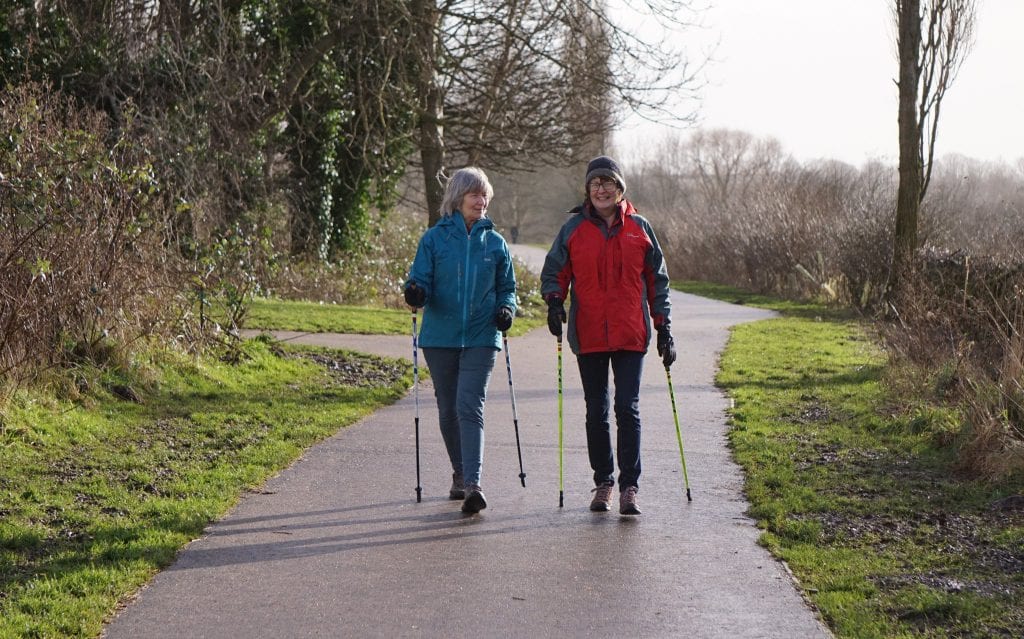
Without the same rush and stresses of work, many people have had more time to spend in green outdoor spaces. The Land Trust has seen this first-hand, with our parks and green spaces busier than ever over the last 12 months. Being outside, surrounded by trees and nature, has played a hugely important role in helping people through the challenges of the last year and I think there is a real appetite from the general public to prioritise green spaces in all walks of life.
Bringing this point back to housing developments, there is another key reason why developers and key decision makers should be choosing to prioritise green spaces that go beyond simply acquiring the planning permission they need to get the development approved. A recent survey conducted by ULI United Kingdom and YouGov highlighted that incorporating parks and green spaces into new housing schemes was the number one factor that would help gain the support of the public.
That should be all the impetus needed to focus minds in the future.
ECONOMIC AND SOCIAL VALUE CREATED AND DELIVERED BY GREEN SPACES
The economic and social value created by parks and green spaces has become
increasingly topical over the last few years.
As the Land Trust moved into the residential service charge market in 2016, the charity wanted to understand the wider benefits that well-managed green spaces can have on the communities that live and work nearby. Working with
Manchester Alliance Business School, the Trust conducted some research around the impact of the green spaces at Port Sunlight River Park.
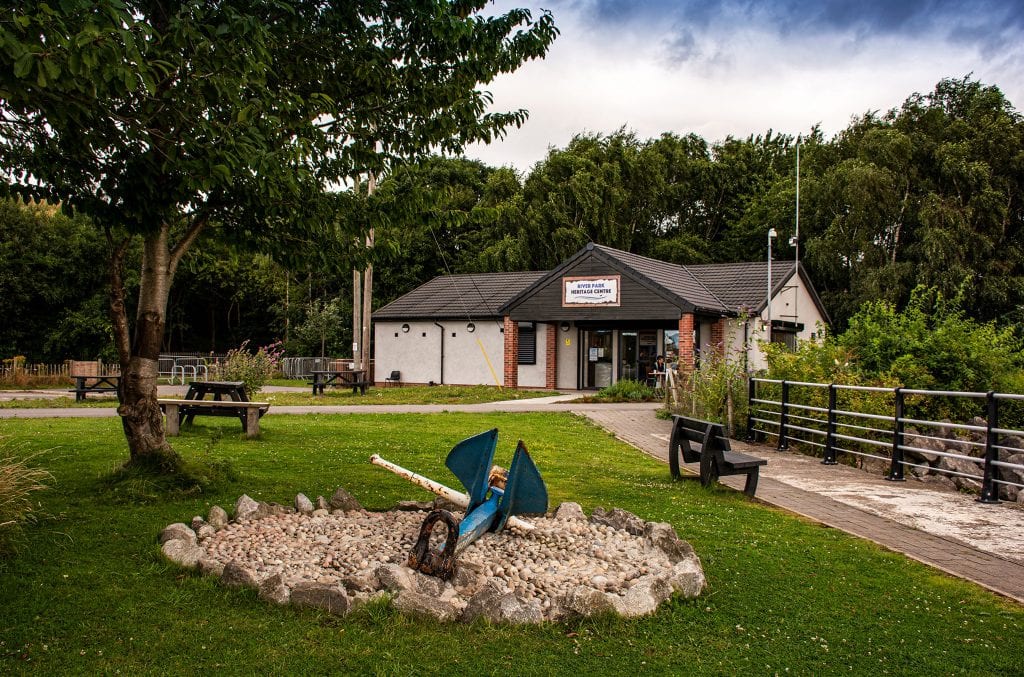
The park is a former landfill in Wirral and located by some of the most deprived neighbourhoods in the country. In 2014 the Land Trust, working with the landowner Biffa Waste Services Ltd and other partners, transformed the site into a 30-hectare park and wetland, after securing £3.4m of public and private investment for its creation and long-term maintenance.
The research highlighted that good quality green spaces:
• Improve an area’s attractiveness;
• Increase property values;
• Encourage local investment;
• Generate local business revenue;
• Create and safeguard jobs;
• Enable volunteering, learning and
development;
• Protect homes and businesses from
flood risk.
The research found that the green spaces had a direct impact on property prices with the greatest uplift being on homes within 500 metres:
• 5.4 per cent increase in value every 100m that a house is closer to the park;
• £7.8m — estimated total value that the park adds to houses located within
500m;
• £8,674 — the average addition per house price within 500m of the park
The project also highlighted that people in the area are willing to pay up to £10,000 more for a house situated next to a park.
To conclude, this project highlighted that there are benefits to everyone by prioritising green spaces within developments. The homeowners benefit from being able to use green spaces within walking distance of their home, while
it also protects, and often enhances, the investment made in their property.
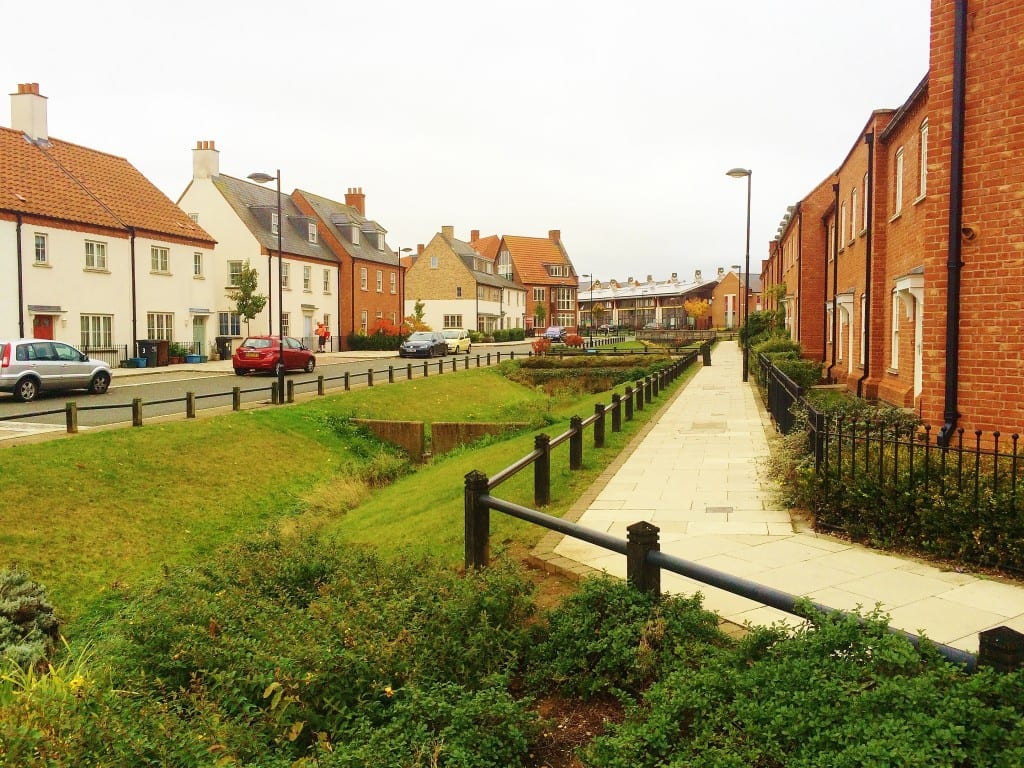
There is a clear message for developers here, who all too often treat the public
open spaces as an afterthought. Prioritising the green space at the outset of the development would make their homes more attractive to potential buyers and increase the value of the homes they are selling.
MENTAL AND PHYSICAL WELL-BEING
Intrinsically I think we all know that spending time in the great outdoors is good for us, both mentally and physically. The feeling you get when surrounded by nature, with the sun on your face and the wind in your hair, is one that is difficult to replicate.
What has been so encouraging over recent years is to see the growing evidence
base around this. The benefits are many and often surprising. For example,
research published by the University of Birmingham in 2020 suggested that
green interventions such as trees, lawns and shrubbery can decrease the levels of violence and self-harm among prisoners. In prisons with a higher presence of green space, the researchers found lower levels of self-harm, prisoner-on-prisoner violence and assaults on prison staff.
The Land Trust conducted some research at the Countess of Chester Country Park to understand the difference spending time outdoors can have on a
person’s physical and mental well-being.
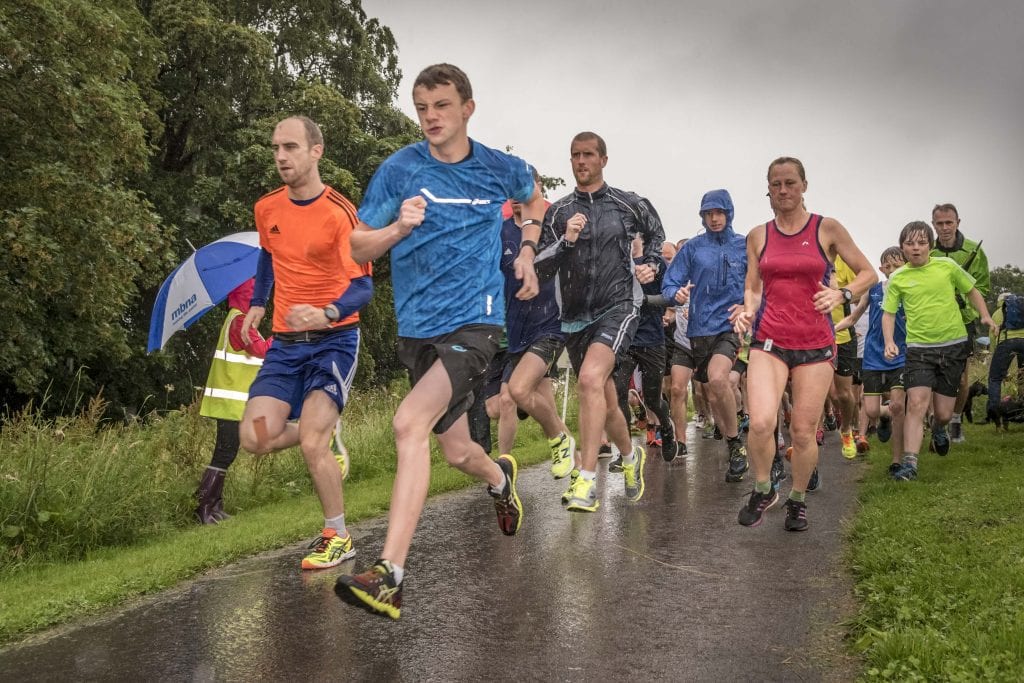
The £70,000 programme, which was funded by the Cheshire Wirral Partnership NHS Trust, The Big Lottery, The Mersey Forest and Cheshire West and Chester Council, saw nearly 700 different events and sessions organised at the park for the public and NHS staff from the nearby hospital.
These activities ranged from Nordic walking and hedge laying to buggy walks and a popular weekly park run, which attracts more than 300 runners every
Saturday morning.
Working with the Natural Health Service Centre of Excellence, which includes both the University of Liverpool and Liverpool John Moores University, the activities were academically evaluated. This measured their health and well-being at the start and end of an 8–12-week programme.
In virtually all cases, people reported spending more time outdoors and feeling healthier and happier as a result. There was a dramatic reduction in the time participants spent sitting each day, with a corresponding leap in vigorous physical exercise of nearly 60 per cent.
CONCLUSION
The evidence around the benefits of green space is overwhelming. They create
more pleasant places to live, improve physical and mental well-being, and create relationships and build communities that last for decades to come.
There is a unique opportunity for the government to put policies in place to ensure that new developments and housing schemes prioritise responsible long-term stewardship. If it is not prioritised now, it feels like the opportunity could be lost forever and continued damage done to communities. It may not be as enticing as a shiny new development investment, but it will provide longer-lasting benefits.
You can read part one of this paper here.
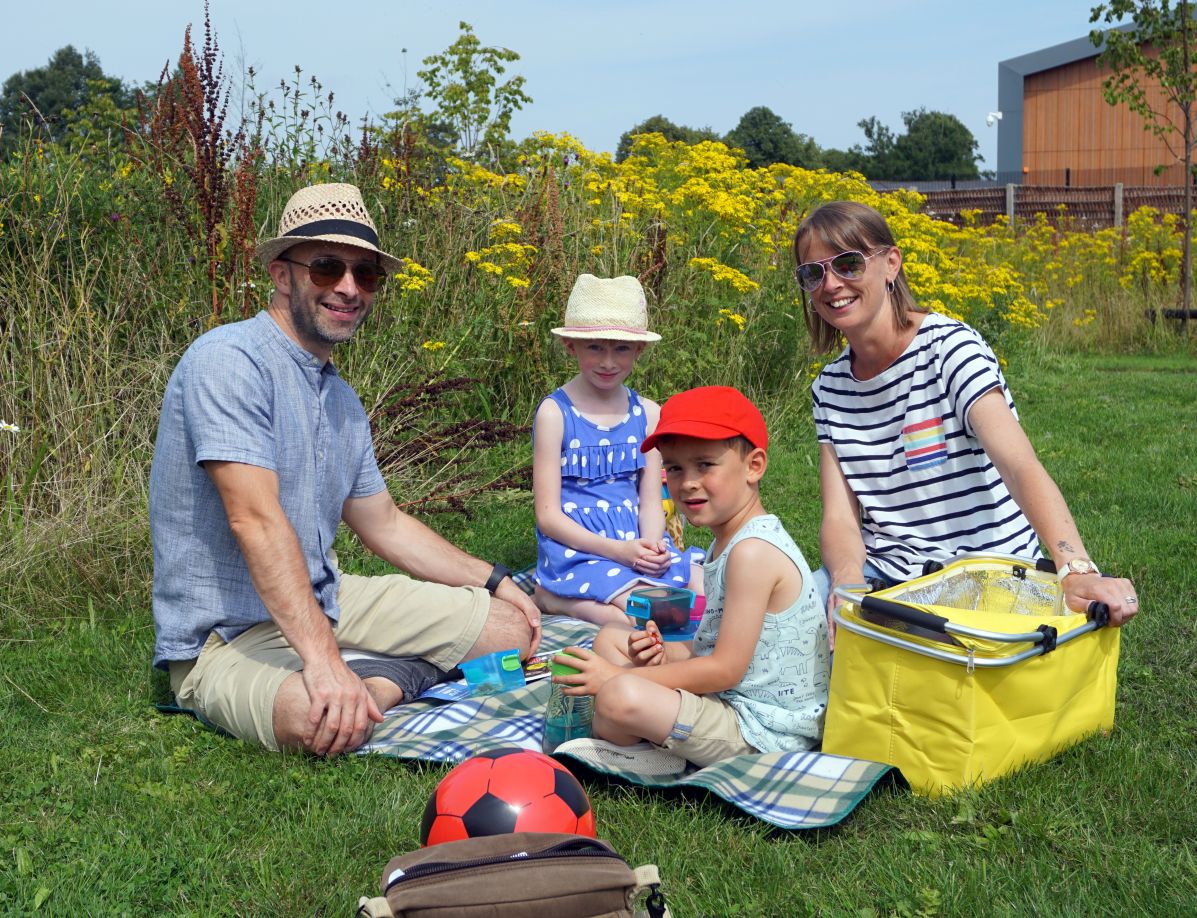
If you have any questions or queries about what we do or how to go about working with us we'd love to hear from.
Contact usWe are always on the look out for enthusiastic, committed people who want to make a real and lasting difference in their local community.
Get Involved